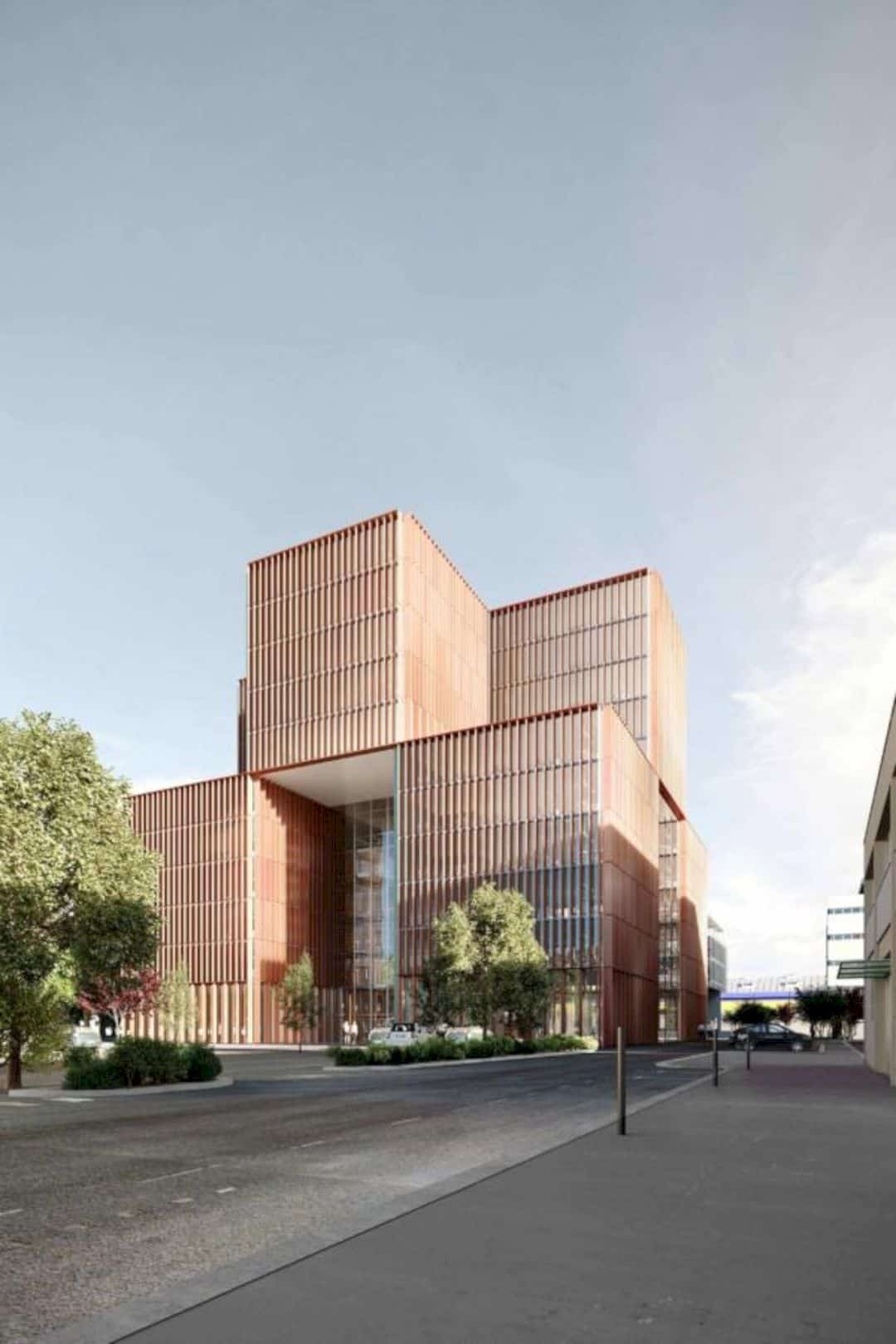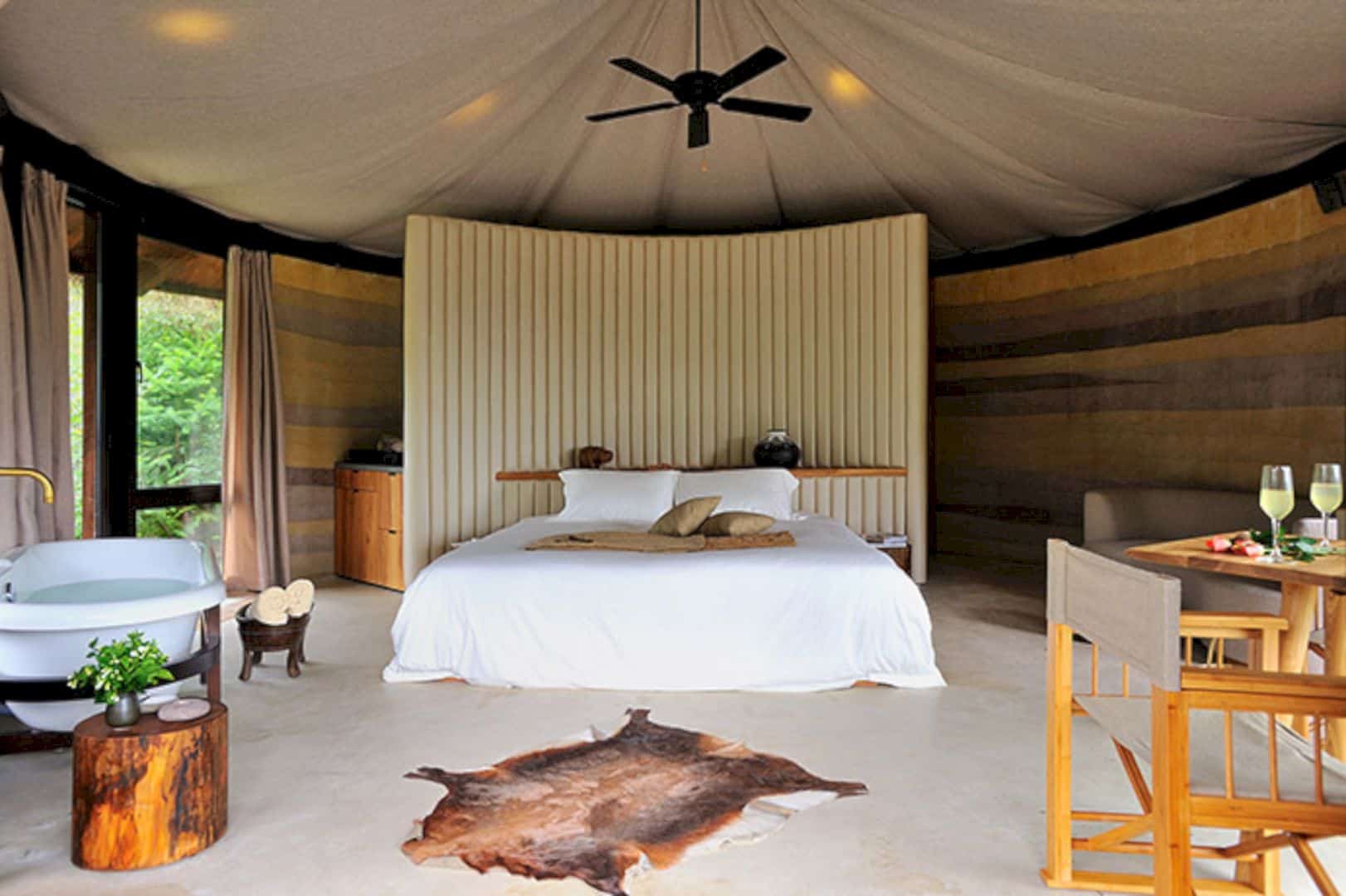The late American artist Ellsworth Kelly designed Austin, a cavernous building stood on the grassy grounds of the Blanton Museum of Art on the University of Texas. Named after the city in which it now stands, Austin is the only freestanding and permanent structure of the artist made of limestone and stained glass in varying colors. The building was constructed on a 2,715 square foot area and has opened to the public since February 18.
The Austin
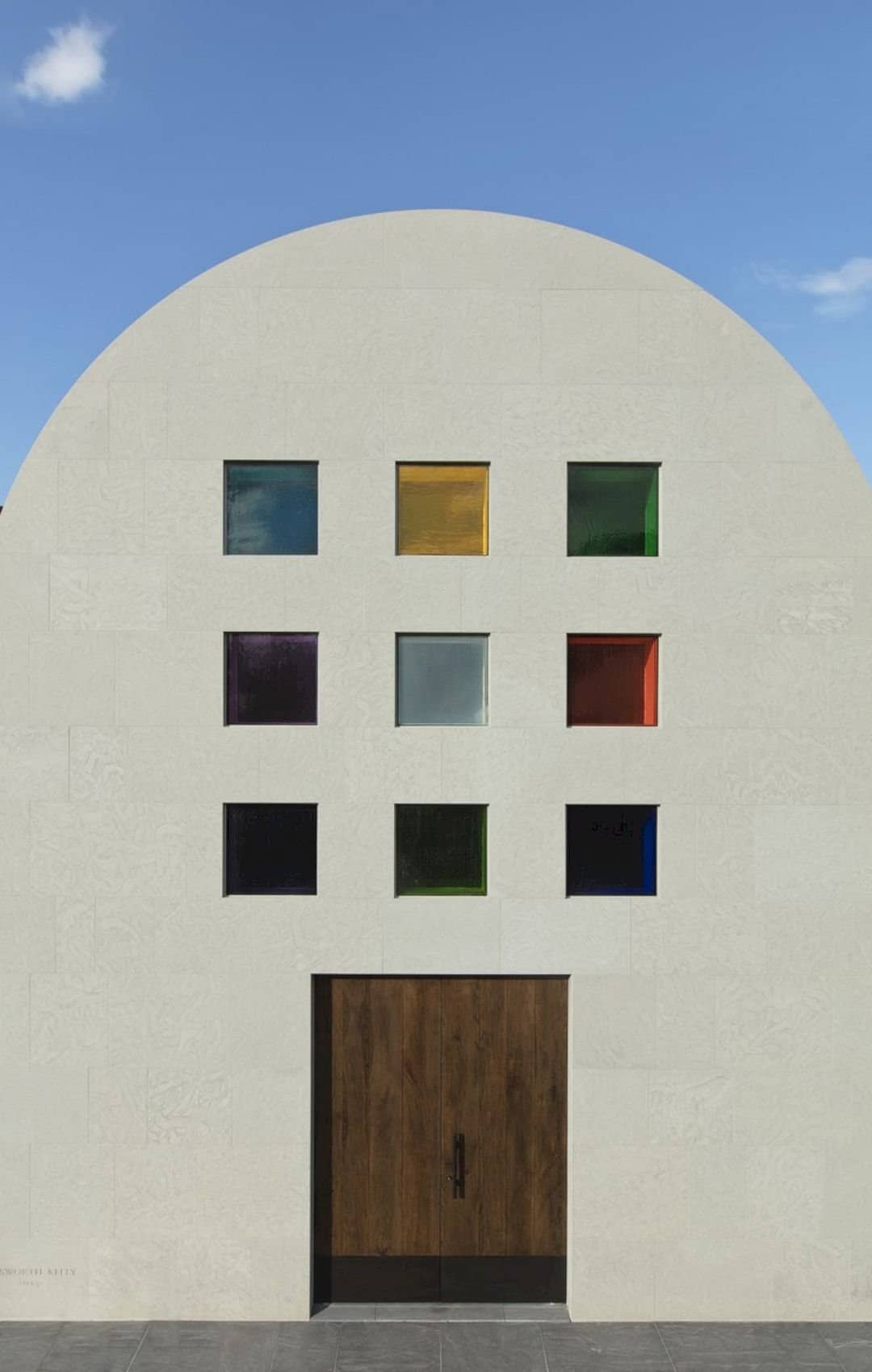
Before passing away, Ellsworth Kelly gifted the work to the Blanton. Prior to this, the original design was actually finished in the 1980s and shelved since the artist was waiting for the right partner to work with. Fortunately, he saw the Blanton as the perfect match and offered the design a few months before his death in 2015.
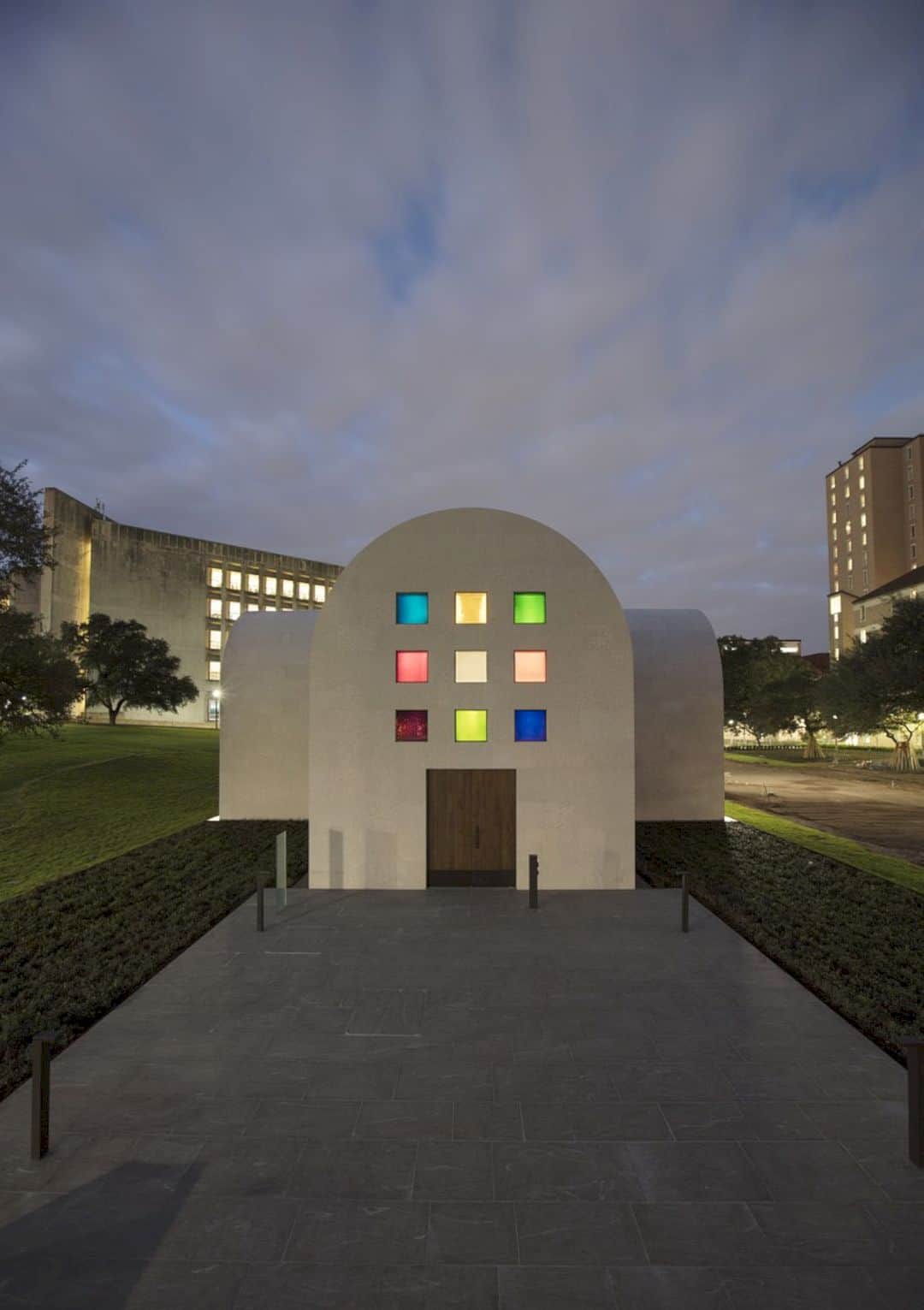
Simone Wicha from the Blanton worked together with Kelly in his final months and watched how the artist was still passionate and engaged with his work. She also witnessed and admired Kelly’s creative touch and agility even in his 90s.
Simplicity and Abstracity
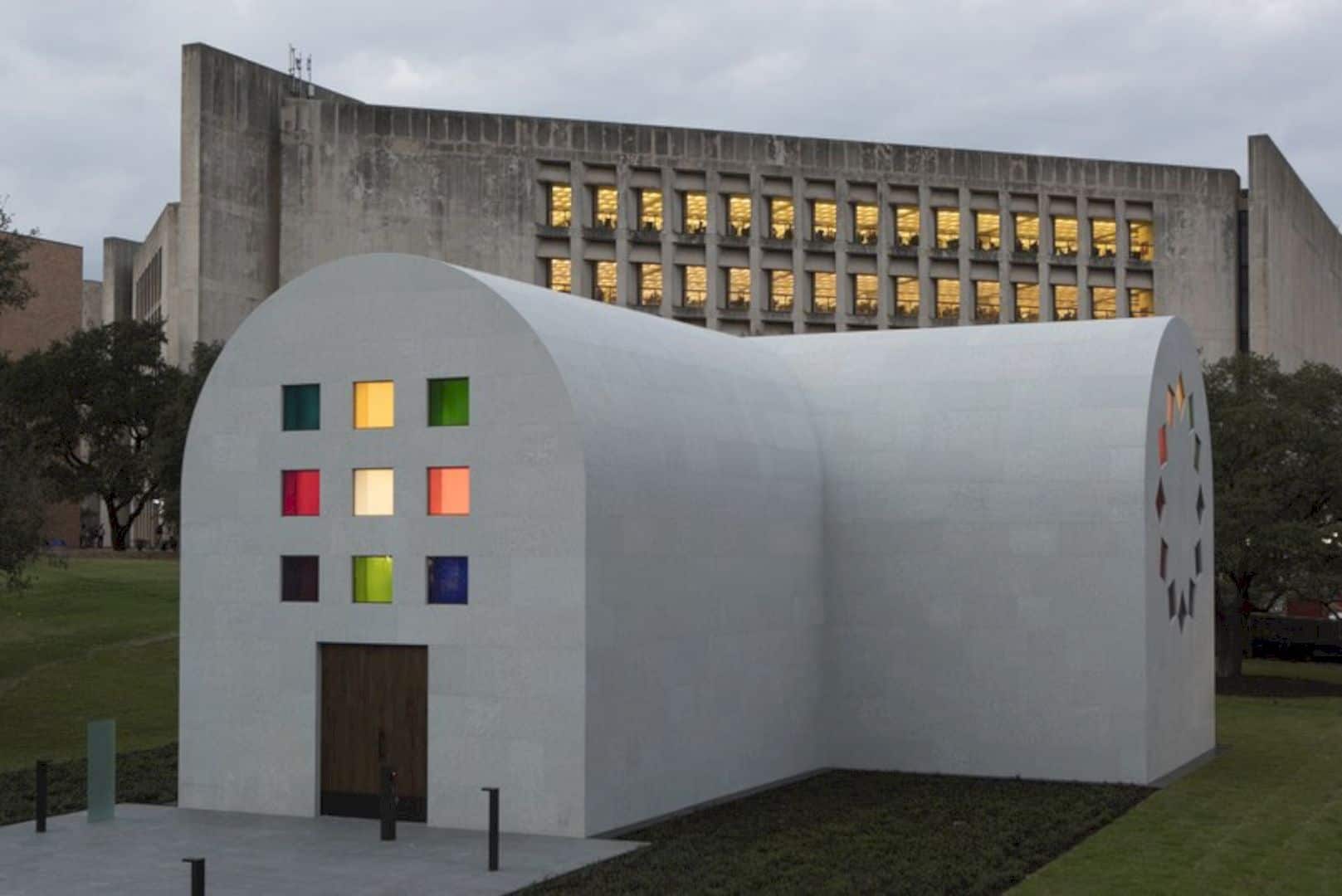
Although Austin is the first and only freestanding structure created by the late artist, it is not that unique to his portfolio style-wise.
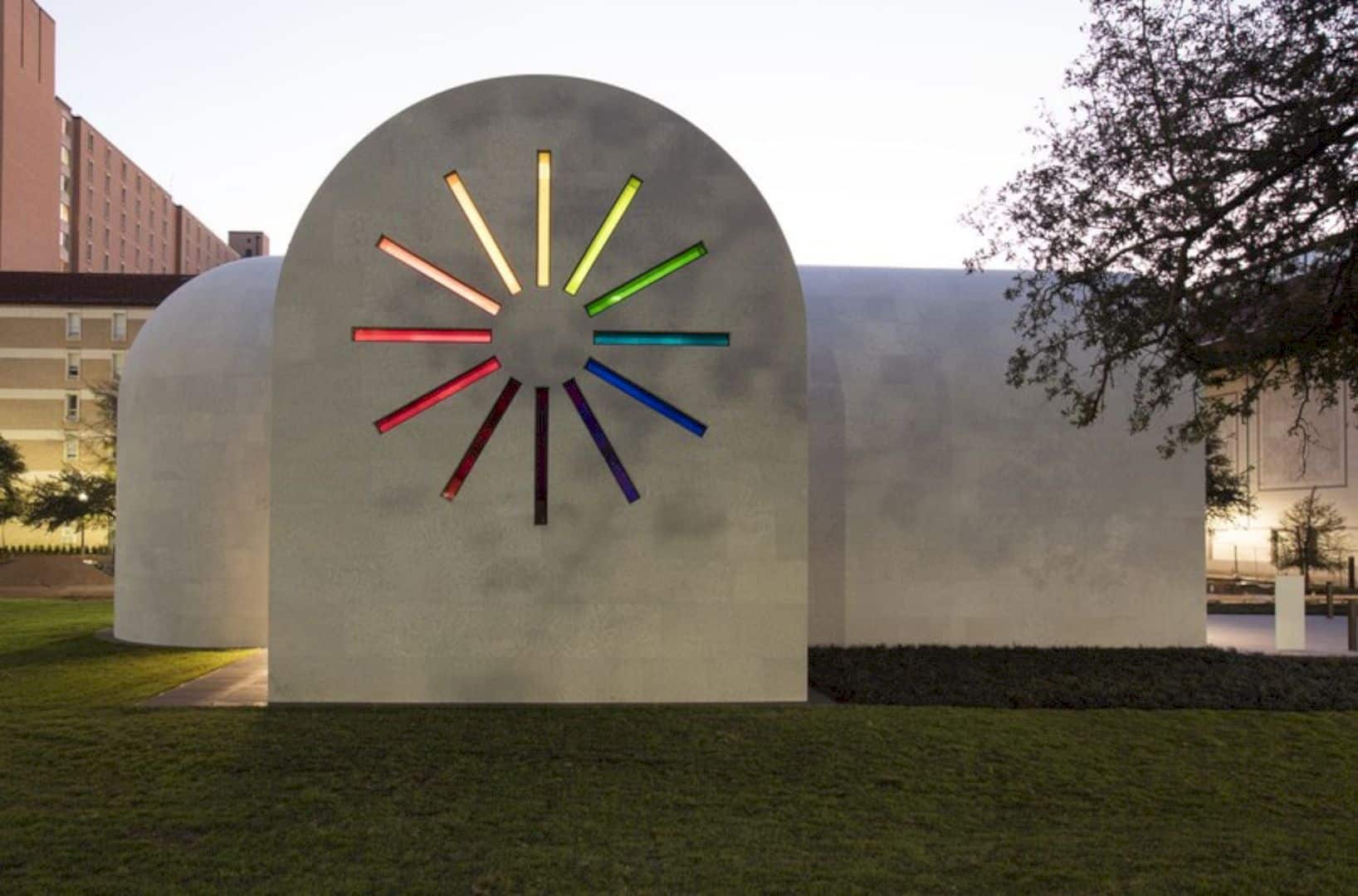
However, the structure is able to capture Kelly’s simplicity and abstractions that can be seen in the mix of large shapes and bold colors. Austin is defined as a cavernous pavilion constructed of thick white limestone and black granite floors.
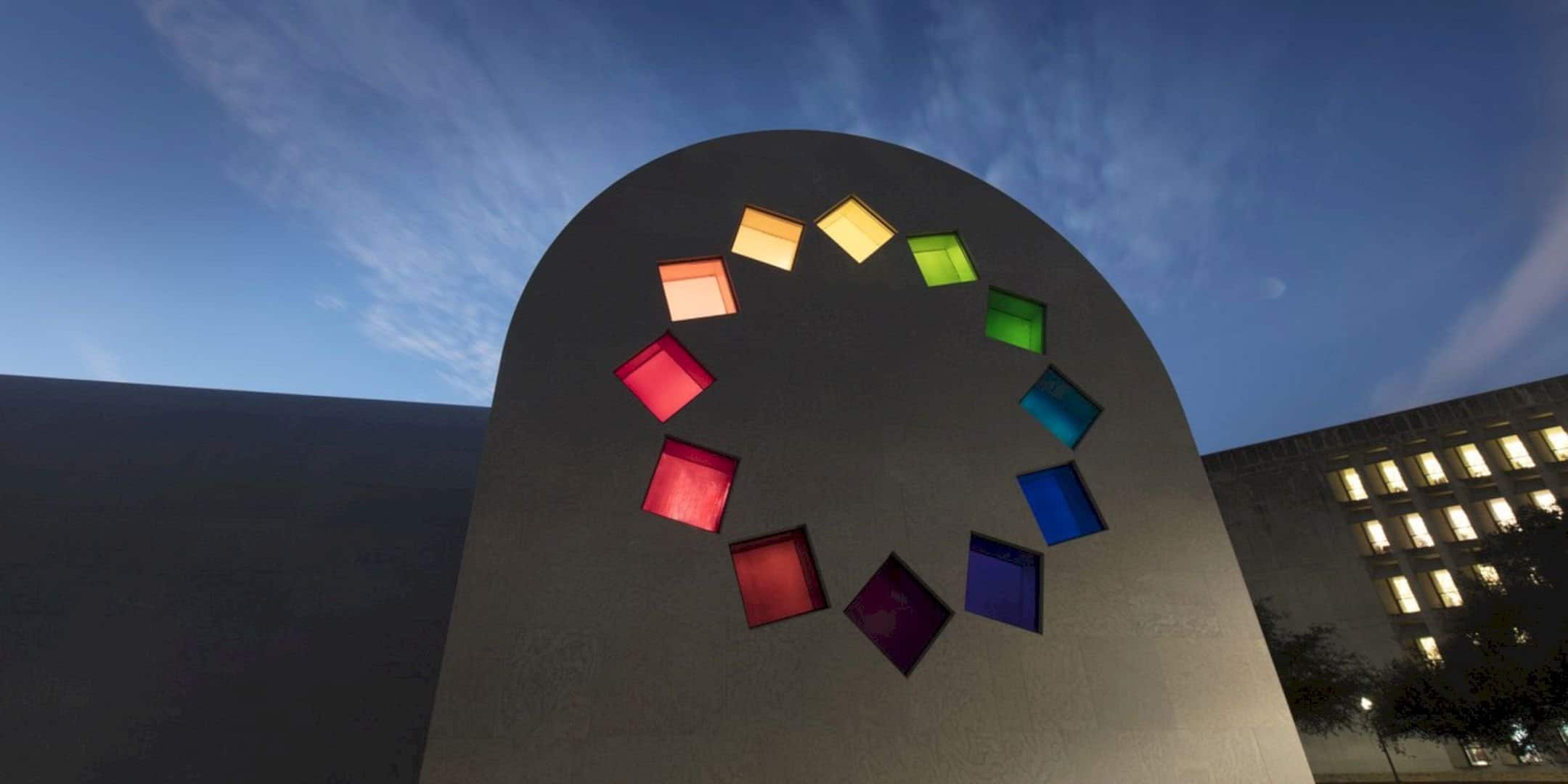
The three façade of this structure is adorned with color-blocked stained glass windows in unique designs.
Religious Feels
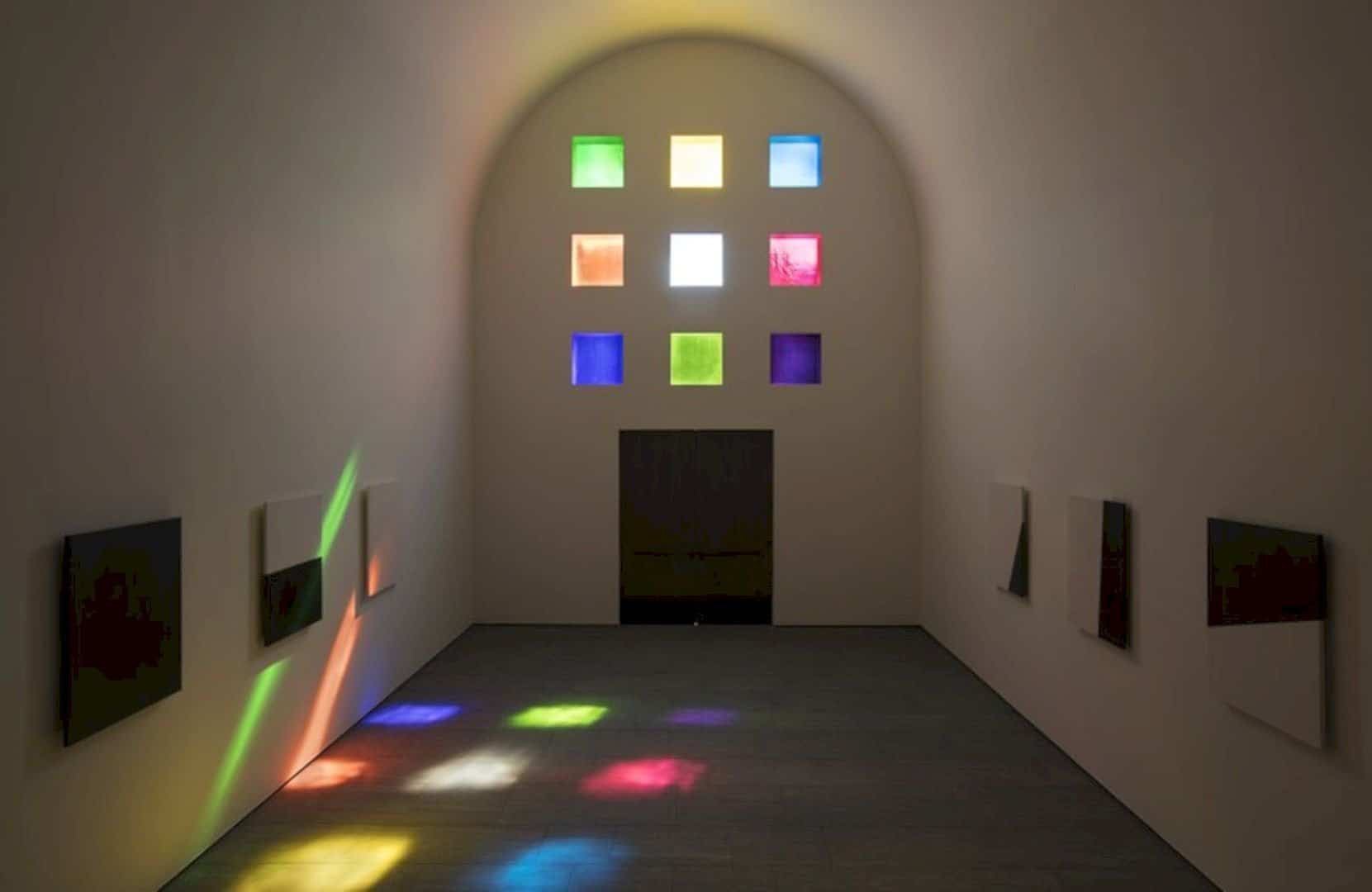
Kelly creates the religious feel through the building’s interior display. It features a soaring 18-food redwood totem which is the artist’s signature.
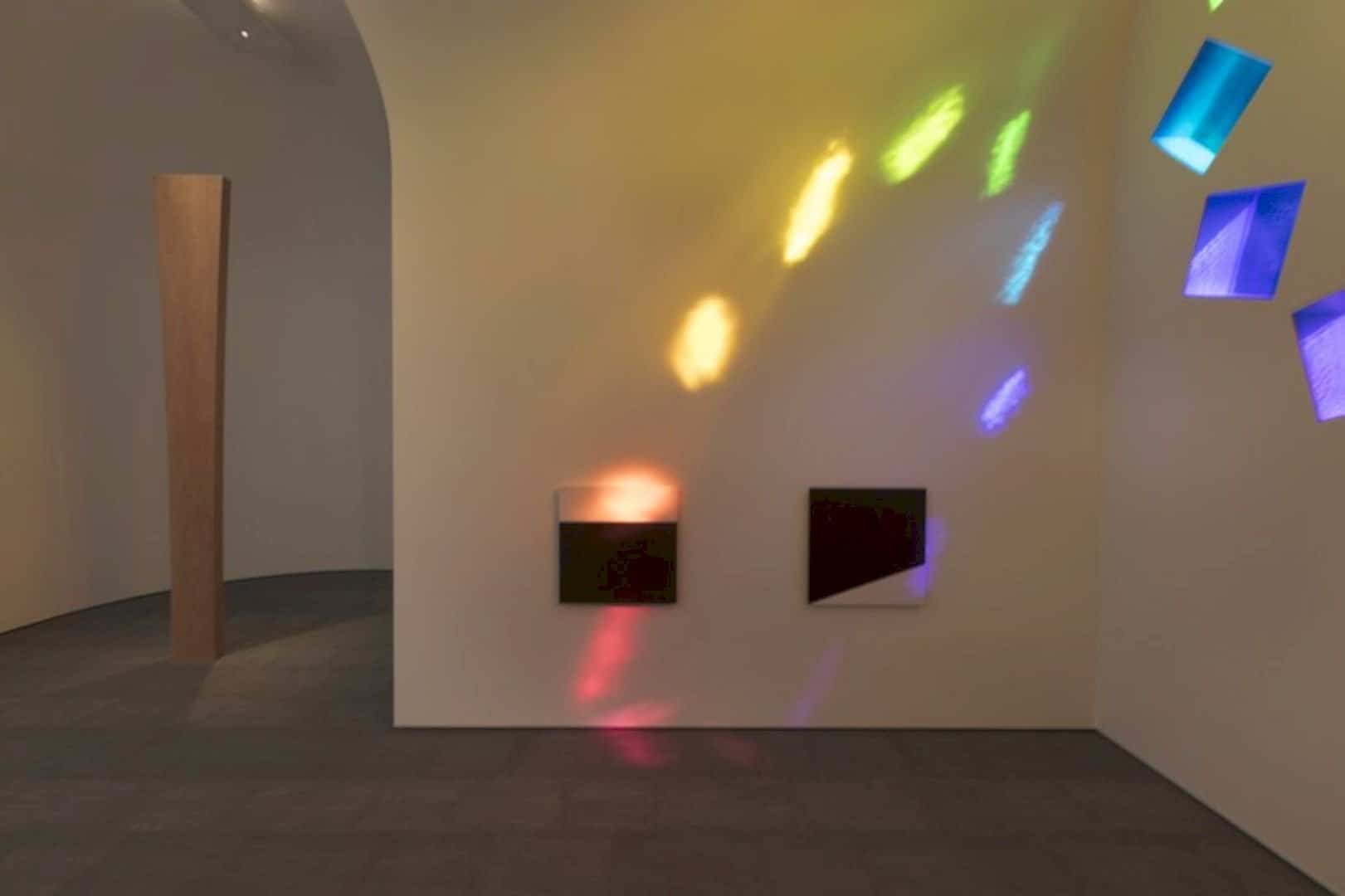
This inspiration comes from his experiences of Romanesque style chapels, cathedrals, and churches in Europe, especially in France.
Discover more from Futurist Architecture
Subscribe to get the latest posts sent to your email.
